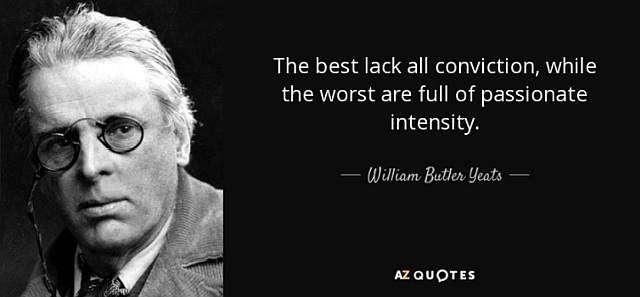A solo album, although a couple of Heartbreakers contributed. Ah Tom Petty, why did you have to go to Heaven, leaving us so soon, can't you trade places with, say, Madam Ciccone? Oh wait, no. Of course you can't.
Last Sunday, as I approached Baraque Michel, the radio suddenly opened up with a marvellous instrumental I hadn't heard for decades, and my daughter and I enjoyed it during the last three kloms before the parking lot and the starting point of our walk. As we drove along an N68 boarded on both sides by High Fens woods in blazing autumn colours, against the dazzling azure backdrop of a perfect November sky, it seemed like the perfect accompaniment. I could only tell OutlawDaughter it was a famous seventies tune, but that sufficed for her to Google and find it that very evening, using only the keywords 'seventies', 'instrumental', and 'pan flute'. The piece was a James Last hit from 1977, "Der Einsamer Hirte" (The Lonely Shepherd), taken from the album Russland Erinnerungen. James Last is, or rather was (the man died in 2015), the stage name of one Hans Last, post World War II a very prolific German composer and big band leader. A former Wehrmachtsangehoerige too, since as a teenager he delivered air raid messages in his home city of Bremen and entered the Bueckeburg Militaerische Musikschule where he learned to play bass, tuba and piano. In the sixties and especially the seventies he was tremendously successful, despite (or because of) the majority of his music being rather corny. I could have hit myself the moment our daughter refreshed my memory, since I suddenly recalled my parents having stacks and stacks of James Last albums, how was it possible I never noticed The Lonely Shepherd figured on one of these? But then I was a musical illiterate back then, fooling myself that listening to Earth and Fire's Weekend or The Police's Roxanne put me in another (read higher) league than people enjoying the bearded King of Corn. Anyway, here it is:
More reason to thump myself on the head. Also in the late seventies I spectacularly flunked music theory despite the able tutorship of Jan Van Caneghem, and this is why I am barely able to comprehend Der Einsamer Hirte's sheet music:
The trademark sound of the melody is the pan flute of course, which made Gheorghe Zamfir famous, but personally I like the wind instruments (making their entry at the 1:41 mark) more, and the effortless grace of the violins setting in at around 2:08 is pure heaven.
An excellent overview of what a high quality rendition of this piece requires can be found in the following performance by André Rieu and his 60-strong Johann Strauss Orchestra, live in Bucharest, Romania last year. As you can see it's heavy on string instruments, especially violins. And if I'm not mistaken de small group of ladies at the right play celloes, while the gents in the upper left use double bass.
The following line up isn't exactly the one you see in the vid - but it gives an idea of how the instruments are balanced against each other.
1st Violin: Jet Gelens, Frank Steijns, Lin Jong, Kremi Mineva, Freya Cremers, Diana Morsinkhof, Boris Goldenblank, Els Mercken, Vincenzo Viola, Lara Meuleman, Gosia Loboda.
2nd Violin: Cord Meyer, Agnes Fizzano-Walter, Jennifer Kowalski.
Viola: Klaartje Polman, Nadejda Diakoff, Linda Custers.
Cello: Tanja Derwahl, Margriet van Lexmond, Hanneke Roggen, Joëlle Tonnaer, Karin Hinze.
Double bass: Roland Lafosse, Franco Vulcano.
Flute: Teun Ramaekers, Nathalie Bolle.
Oboe: Arthur Cordewener.
Clarinet/saxophone: Manoe Konings.
Saxophone/bassoon: Sanne Mestrom.
Horn: Lars Wachelder, Noël Perdaens.
Trumpet: Roger Diederen, René Henket.
Trombone: Dennis Close.
Bass trombone/accordion: Leon van Wijk.
Tuba: Ton Maessen.
Timpani/percussion: Mireille Brepols, Marcel Falize, Glenn Falize.
Piano: Stéphanie Detry.
Synthesizer: Ward Vlasveld.
Harp: Vera Kool.
Choir: Nicolle Steins, Karin Haine, Judith Luesink, Kalki Schrijvers, Virgenie Henket, Anna Reker.
Nite.
MFBB.











